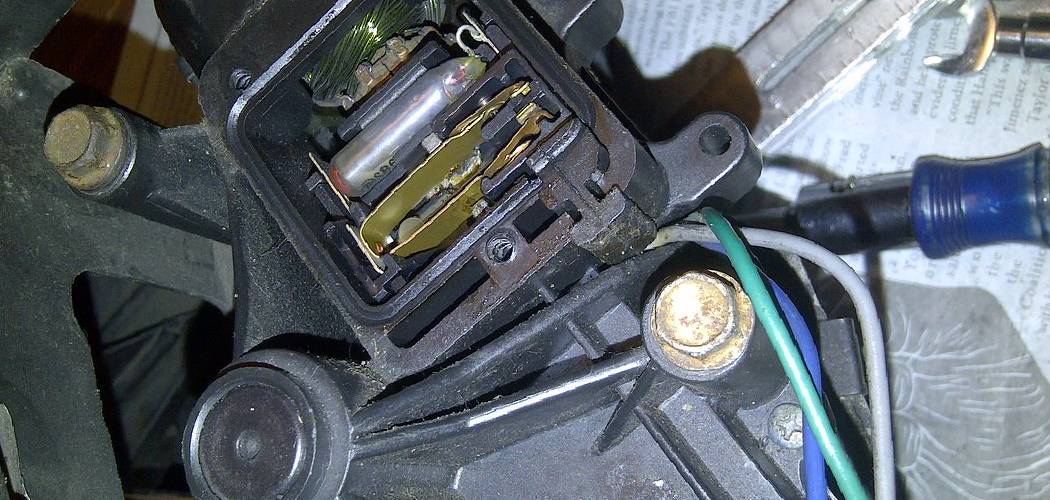If your car is experiencing delayed acceleration, jerky movements, or poor throttle response, a faulty or miscalibrated accelerator pedal sensor (APS) could be the culprit. This critical component translates the physical movement of your gas pedal into an electronic signal for the engine control module (ECM), dictating how much power the engine should produce. Over time, or after certain repairs, this sensor can lose its calibration, leading to frustrating driving issues.
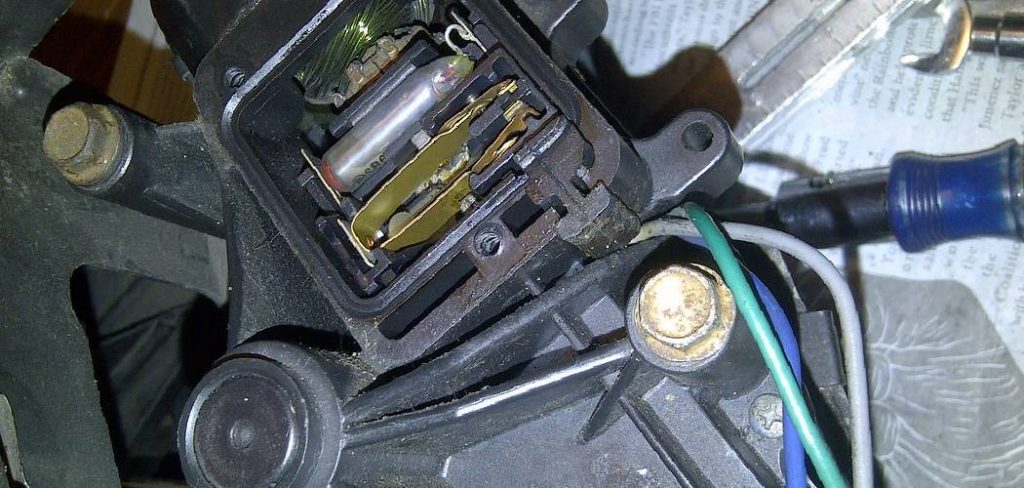
Fortunately, a complete replacement isn’t always necessary. Learning how to reset accelerator pedal sensor is a simple diagnostic procedure that can often restore proper communication and resolve these performance problems. This process, also known as an idle air volume relearn or throttle body relearn, recalibrates the sensor’s closed and open positions. This guide will provide a clear, step-by-step method that you can perform at home without any special tools, potentially saving you a costly trip to the mechanic.
Why Resetting Your Accelerator Pedal Sensor Matters
An uncalibrated accelerator pedal sensor can lead to a range of drivability problems, from poor fuel economy to unpredictable engine behavior, which can be a safety concern. By resetting the sensor, you are essentially re-teaching the engine control module (ECM) the correct resting and full-throttle positions of the pedal. This sensor calibration ensures that the engine receives accurate input, leading to smoother acceleration, improved throttle response, and more efficient engine performance. Performing this simple reset procedure can often be a quick, no-cost fix for issues that might otherwise seem like major mechanical problems.
8 Step-by-Step Guide: How to Reset Accelerator Pedal Sensor
Step 1: Ensure the Vehicle is in the Correct State
Before beginning the reset procedure, it is crucial to prepare your vehicle correctly. Park the car on a level surface and engage the parking brake firmly. Turn off all electronic accessories, including the radio, climate control system (heater and A/C), headlights, and any interior lights.
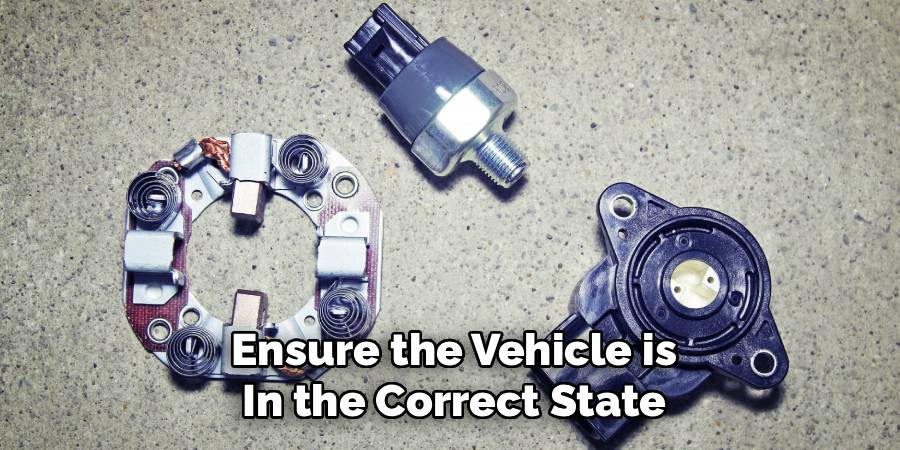
The engine should be fully warmed up to its normal operating temperature, but it must be turned off for the start of this process. This preparation ensures that the engine control module is not processing any other commands and can focus solely on the sensor calibration sequence you are about to initiate.
Step 2: Begin the Timed Ignition Sequence
This is the first part of a time-sensitive sequence, so be prepared to act methodically. With your foot completely off the accelerator pedal, turn the ignition key to the “ON” position without starting the engine. All the dashboard warning lights should illuminate. Immediately start a timer or watch the second hand on a clock. You must leave the key in the “ON” position for exactly three seconds. This initial step wakes up the vehicle’s electronic systems, including the ECM, and signals that a diagnostic or reset procedure may be about to begin. Precision is key.
Step 3: Perform the Pedal Press Sequence
After the initial three seconds have passed, you must quickly and fully press and release the accelerator pedal five times within five seconds. This means you have one second for each complete press-and-release cycle. Press the pedal all the way to the floor and let it come all the way back up for each of the five repetitions. This rapid sequence is a specific command that tells the ECM to prepare for a pedal position relearn. Don’t rush, but be deliberate and ensure each press is complete. This is a critical part of learning how to reset accelerator pedal sensor.
Step 4: Wait for the ECM to Respond
Immediately after completing the five pedal presses, wait for approximately seven to ten seconds with your foot still off the accelerator pedal. During this time, the ECM is processing the command you just sent. Keep a close watch on your “Check Engine” or “Service Engine Soon” light on the dashboard. After the waiting period, the light should start to blink slowly.

This blinking is the confirmation signal that the vehicle has successfully entered the diagnostic or relearn mode, and you are ready to proceed to the next phase of the sensor calibration.
Step 5: Calibrate the Closed Pedal Position
Once the “Check Engine” light begins to blink, you have entered the final stage of the reset. Press and hold the accelerator pedal all the way to the floor. Continue to hold the pedal down firmly for about ten to twelve seconds. During this time, the “Check Engine” light will stop its slow blinking and will turn on as a solid, steady light. This indicates that the ECM has successfully registered the fully open throttle position. Releasing the pedal at the right moment is the next crucial step in knowing how to reset accelerator pedal sensor correctly.
Step 6: Calibrate the Fully Released Pedal Position
After holding the pedal down and seeing the “Check Engine” light become solid, wait another three seconds, then release the accelerator pedal completely. This action allows the ECM to register the fully closed or resting pedal position. At this point, the “Check Engine” light should begin to blink slowly again, confirming that both the fully open and fully closed positions have been successfully learned and stored in the system’s memory. This final blinking confirms that the throttle body and pedal sensor calibration is complete.
Step 7: Finalize the Reset and Start the Engine
With the accelerator pedal fully released and the “Check Engine” light blinking, you can now finalize the reset procedure. Turn the ignition key to the “OFF” position and wait for at least three seconds. This saves the new calibration settings to the ECM. After waiting, you can now start the engine as you normally would.
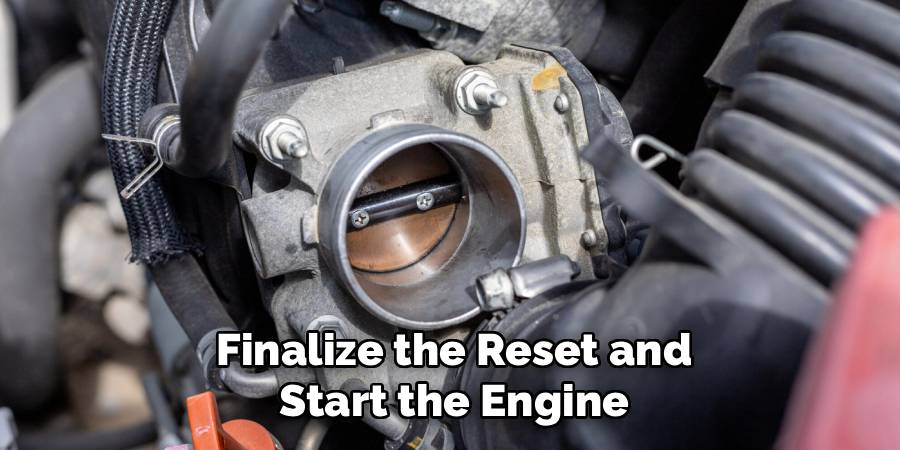
Let the engine idle for about 20-30 seconds. The “Check Engine” light should remain off. The reset is now complete, and the accelerator pedal sensor has been successfully recalibrated to the throttle body.
Step 8: Test Drive the Vehicle to Confirm the Fix
The final step is to take the vehicle for a short test drive to confirm that the reset has resolved your throttle response issues. Drive in an area where you can safely test various levels of acceleration. Pay close attention to how the car responds when you press the gas pedal. You should notice a smoother, more immediate response with no hesitation or jerkiness. If the symptoms persist, there may be an underlying issue with the sensor itself or another component, which may require professional diagnosis. However, in many cases, this simple reset will make a noticeable improvement.
Frequently Asked Questions (FAQs)
What Are the Symptoms of a Bad Accelerator Pedal Sensor?
Common symptoms include:
- A noticeable delay between pressing the gas pedal and the engine responding.
- Jerky or hesitant acceleration.
- The vehicle entering “limp mode” with reduced power.
- Poor fuel economy.
- An illuminated “Check Engine” light.
These issues occur because the engine’s computer is receiving incorrect information about the pedal position, leading to improper fuel and air mixture.
Does This Reset Procedure Work for All Car Models?
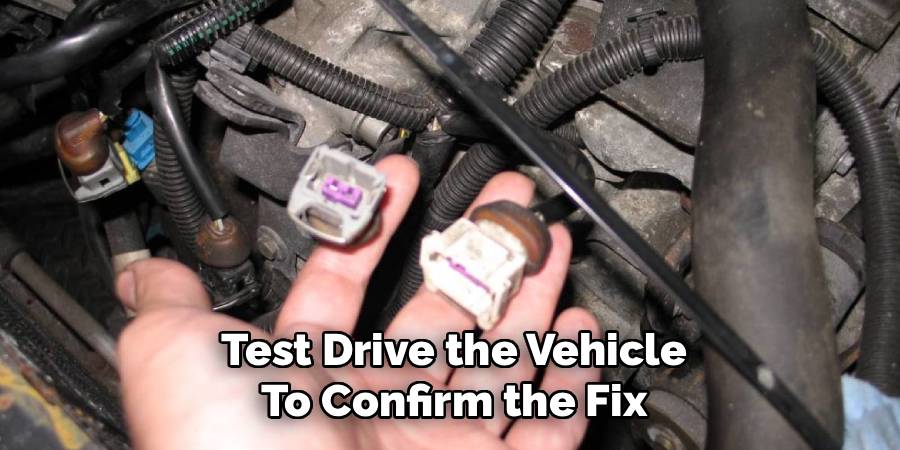
No, this specific timed procedure is most commonly associated with Nissan, Infiniti, and some other Japanese vehicle brands. While the general concept of a reset exists for many modern cars with drive-by-wire systems, the exact steps can vary significantly between manufacturers. For other brands, a reset might involve disconnecting the battery for a period of time or may require a specialized OBD-II scan tool. Always consult your vehicle’s service manual or a reliable online resource for your specific model.
How Often Should I Reset My Accelerator Pedal Sensor?
You should only need to perform this reset when you are experiencing symptoms of a miscalibrated sensor, such as poor throttle response. It is not a regular maintenance item. This procedure is typically done after replacing the throttle body, the accelerator pedal sensor itself, or after disconnecting the battery for an extended period, as these events can cause the system to lose its learned values.
What Is the Difference Between the Accelerator Pedal Sensor and the Throttle Position Sensor?
In modern drive-by-wire vehicles, the Accelerator Pedal Sensor (APS) is located on the gas pedal assembly inside the cabin and reads the driver’s input. It sends this signal to the Engine Control Module (ECM). The Throttle Position Sensor (TPS) is located on the throttle body in the engine bay. The ECM uses the signal from the APS to command an electric motor to open or close the throttle plate, and the TPS confirms that the throttle plate is in the correct position.
Can a Faulty Sensor Cause My Car to Go into Limp Mode?
Yes, absolutely. The accelerator pedal sensor is a critical part of your car’s safety and engine management systems. If the ECM receives conflicting or illogical signals from the two sensors typically housed within the APS unit, it may trigger a fail-safe known as “limp mode” or “reduced power mode.” This is a protective measure that drastically limits engine power and speed to allow you to safely pull over or drive slowly to a repair shop, preventing potential uncontrolled acceleration.
Conclusion
Successfully learning how to reset accelerator pedal sensor can be a game-changer for many drivers experiencing frustrating throttle issues. This no-cost, DIY procedure can restore your vehicle’s performance and save you from an unnecessary and expensive visit to a mechanic. By carefully following the timed sequence, you can effectively recalibrate the communication between your gas pedal and the engine’s computer, resulting in a smoother and more responsive driving experience.
While this reset doesn’t work for every make and model, it is a powerful tool for those it applies to. Don’t let poor acceleration ruin your drive. If your vehicle is compatible, take a few minutes to try this procedure and regain the crisp, immediate throttle response you expect from your car.

